World Travel Photos Part II - Details! Details!
Posted Wednesday, 9 February 2011 by Ellen Boughn in
Ellen Boughn,
Photography
The first time my husband visited London, he wanted to leave the hotel as soon as we checked in. I was mildly irritated at his insistence that we hit the streets running. When we got outside, he started walking fast down the street outside the hotel. "Wait a minute!" I yelled at his disappearing figure, "Where are you going?" Then he realized he hadn't made any plans and hadn't a clue where he was headed or why. (He has since become a much wiser traveler).
As a photographer you must know exactly where you are going and what you want to capture for a large percentage of your limited time in a destination. If you fail to plan ahead, you risk not being able to maximize your shoot days while on the road. To avoid that fate start your research long before you book a trip.
(As I go deeper into the details of travel photography this week, I've selected images of Japan to illustrate the variety of photos that can be taken in one country.)
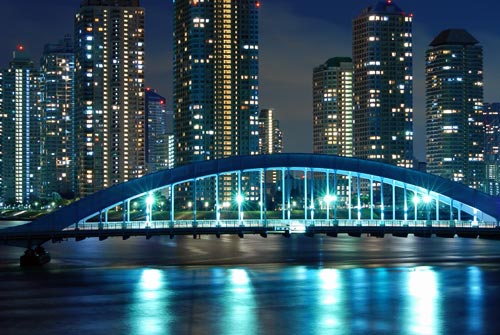
© yuriz/Crestock
A city skyline such as this one of Tokyo is often difficult to take unless you can shoot from a river or from the top of one of the highest buildings.
Basic tasks to assist you in planning your photographic expedition:
- Browse guide books. Visit tourist bureaus online. Look at travel agency and tour group websites. Take note of the kinds of images that they have chosen to represent the area.
- Isolate the most important cultural events and customs that best represent the place to a tourist or a business traveler.
- Take note of the date of important seasonal events—you don't want to arrive the day after a colorful and important festival.
- Check the weather and average temperatures. Probably best not to schedule your trip during seasonal bad weather like the monsoons!

© rssfhs/Crestock
Not only does this image show one of the most iconic Japanese images—Mt. Fuji, it also highlights an important agricultural crop—fields of green tea.
Now that you have a list of the key iconic images and events as well as the most important destinations, plot out your trip, day by day. For example if you are traveling to Japan, you will most likely land in Tokyo. It is the most important city in that country, so you should plan on at least five days or more.
Map out your days and what is significant at each of your stops. If you have done your research, you know that in addition to the night skyline (where can you best shoot that?), you should photograph some important shrines and street scenes. Don't neglect everyday life, including food and people.
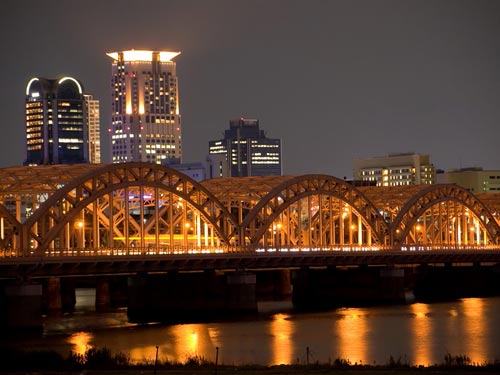
© mmette/Crestock
Osaka is not famous as a tourist spot such as Kyoto but it is a very important business center. Don't only concentrate on tourist destinations for a well-rounded portfolio.
I recommend that a first time visitor to a country, especially one where the language can be challenging, spend the first day on a city tour. If you don't get the shots you want, you can always return when the light is good and there are fewer crowds.
If you are wary of trademarked buildings or those that hold copyrights on their lighting such as the Eiffel Tower at night, photograph around the buildings or include them in large views that include many buildings.
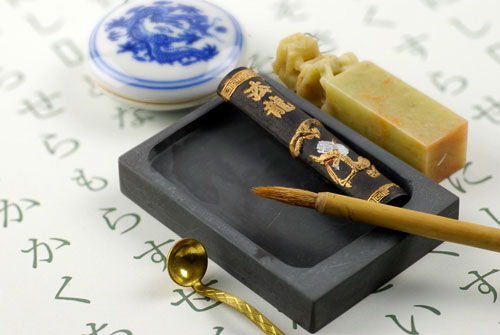
© friendlydragon/Crestock
Think of buying small objects to bring home with you to use to create still life images that will be used to define a country. Beware of photos that show words that you don't understand. They might be saying something embarrassing!
Once you have exhausted your subject list or your budget, get out of town into a more rural area for another slice of life. A photographer visiting Tokyo could take the bullet train to Kyoto, for example. Kyoto is where you will likely see geishas out walking in the early evening and can visit the wonderful shrines and parks.
Here's a list of what you should capture with your camera in any large urban area:
The skyline. The locations of places to best photograph a skyline are often the closely held secret of local photographers. If you can't connect with a photographer who knows the city, ask the people where you are staying. Tourists always want to see a city from above and locals know the best spots such as the sky deck on the 103 floor of the Willis Tower (formerly known as the Sears Tower) in Chicago.
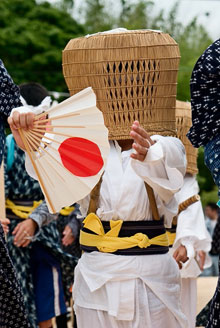
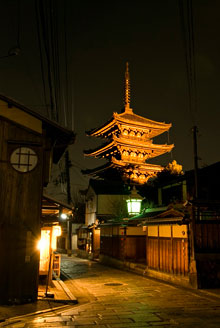
© wdeon/Crestock
© yuriz/Crestock
Festivals and parades—research is key. Plan your trip around a parade or festival that will yield colorful and authentic photos such as Junkanoo in the Bahamas. Use care not to show recognizable faces.
Some countries are famous for their cuisine. If you can get permission to shoot classic dishes in local restaurants, be sure to get signed releases if you are shooting more than a close-up of a plate of sushi.
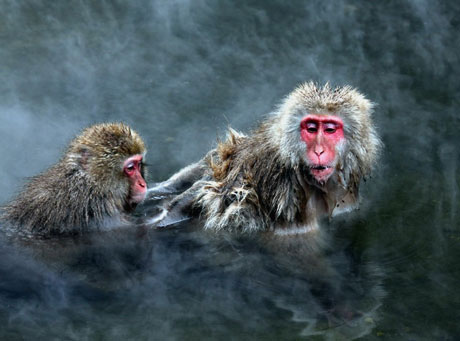
© ncousla/Crestock
Animals—especially those that are closely tied to images of a country such as the panda in China or the kangaroo in Australia.
Indigenous plants such as the saguaro cactus in the deserts of California.
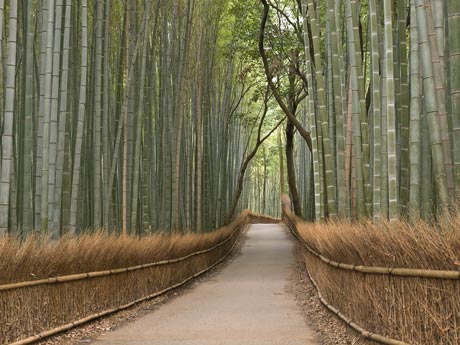
© mmette/Crestock
I liked this photo so much that I made it the opening spread in my book. To me it embodies a romantic idea of Japan.
Areas that are famous for their geography such as the mountains of Guilin, China.
Markets and folk art. You can find markets in most cities and towns around the world selling their local fare. Nothing says Mexico more than a busy tourist market with stands selling sombreros and embroidered blouses. Markets that cater to residents will enable you to highlight local produce and products in your images. (Remember model releases or no recognizable people).

© philgophoto/Crestock
Photographs of small details can tell a big story and also avoid model release problems.
Native costumes and dances—but be certain to respect any "No Photography" signs. Go in close on the details of a costume's design to avoid legal issues and to still capture the flavor of the event.
World Heritage sites. All tours go to these sites and all tours require photographs. However, no matter how tempting the photo opportunities, you can cross some of these destinations off your list because some of them have very strict prohibitions against commercial photography. Do your research before you go there. Please note the regulations on any ticket that you purchase for entry into any event or place. If it has language prohibiting photography, don't take photos.
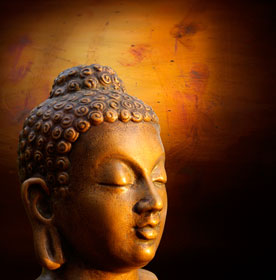
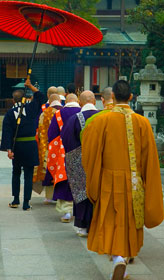
© Bananna/Crestock
© vstephenson/Crestock
Religious events or iconic landmarks, such as Big Ben in the skyline of London.
People. It's difficult to get model releases when you don't speak the language. If you can, arm yourself with a release in the native language. If your budget allows, hire a model from a modeling agency. Or ask your hotel if they can provide you with a trusted driver that might also take you to the most interesting places and act as a translator to explain the release...still ensure that it can be read by the person signing it and have it witnessed.
Seldom does a traveler have the chance to visit all the most important areas in a country or even a localized region—that is why I always suggest that photographers treat their own location as a destination. If you are shooting around your own country/region, you aren't forced to shoot during bad weather because you have to leave the next day. You know what is important to photograph in your hometown. Start close to home and then take off. Happy Trails!
Ellen Boughn's best-selling book, Microstock Money Shots, is filled with insights, tips and advice on how to create commercial images and improve your work flow to profit from photography whether you're a hobbyist or a professional photographer.
Order now on Amazon.com